Explore exciting stories that the entire family will enjoy as we recall the classic works of E. B. White and study one of God's most intricate creatures -- the spider.

Elwyn Brooks "E. B." White (July 11, 1899 - Oct 1, 1985) was born in New York the sixth and youngest child of Samuel and Jessie White. E. B.'s older brother taught him to read and encouraged him to explore nature. As such, E. B.'s love of nature, that permeates each of his books, began. While continuing his education at Cornell, he was a member of Phi Beta Kappa and was the editor of The Cornell Daily Sun. After graduation, E. B. worked for United Press and the American Legion News Service. His early career involved writing articles for various newspaper and essays for magazines.

His focus was changed to writing children's fiction when a niece was added to his family. His first children's book, Stuart Little, was published in 1945; Charlotte's Web in 1952; and Trumpet of the Swan n 1970. He artistically weaved his love of farms, equipment, animals, seasons and the weather to create family favorite stories that have stood the test of time. A polite, quiet man, E. B. White was nominated for and awarded many literary awards, such as the Laura Ingalls Wilder Medal, the Newberry Honor, and the Hans Christian Andersen Award. A literary award, the E. B. White Read Aloud Award, was created in his honor to recognize books that make enjoyable read-alouds. 2

Enjoyable Works
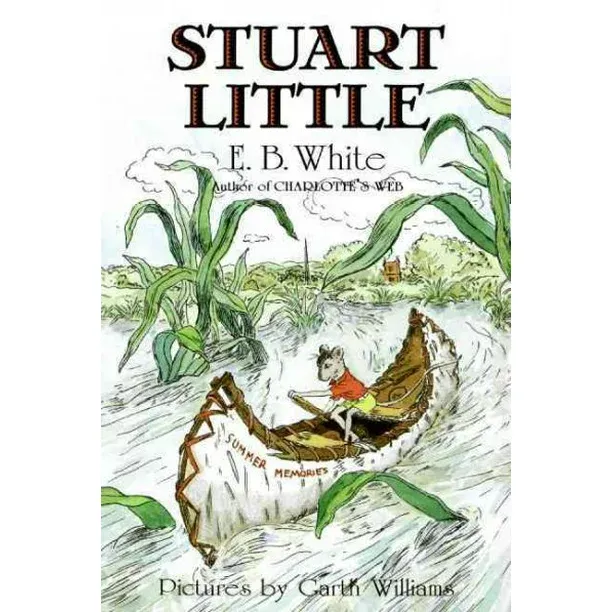
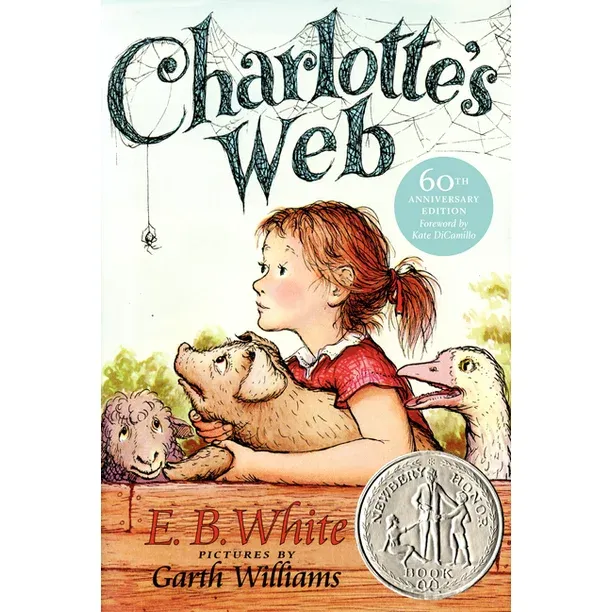

Geography

E. B. White's The Trumpet of the Swan follows the tracks of a boy discovering a family of swans on a fishing trip to Canada. The country of Canada is divided into land areas called provinces or territories, not states. Provinces have more autonomy from the federal government than states do, while territories have less. Many areas in Western Canada provide ideal habitats for Trumpeter swans--marshes or lakes with bulrushes or beaver dams. Using the graphic found on Nature Conservancy Canada's site ( NCC: Trumpeter swan - natureconservancy.ca ) and the map of Canada in the above link, children can identify where Trumpeter Swans are likely to be found throughout Canada. Older children could use the second page of the blank map of Canada to identify each province by completing the cut-and-paste activity.
Copywork
E. B. White encourages your child to take reasonable risks when their pursuits or assignments seem insurmountable. This copywork gives encouragement to persevere, even when the next right step seems difficult. For older children, point out how parenthetical phrases, such as "like an acrobat", are surrounded by commas.
-E. B. White
Extensions
One of God's most fascinating creations is the spider. From the variety within species to the types of webs that are spun to the details found within the anatomy of these arachnids, God's handiwork is evident. Spiders are the only creature to have species on each continent. Spiders are captivating creatures.
Spiders, although arachnids, are often incorrectly categorized as insects. Children will learn about the differences and similarities of between insects and arachnids by completing this Venn diagram activity.
Spider species can be classified into five groups: wolf spiders, hunters, sac spiders, funnel-web spiders, and orb-weavers.
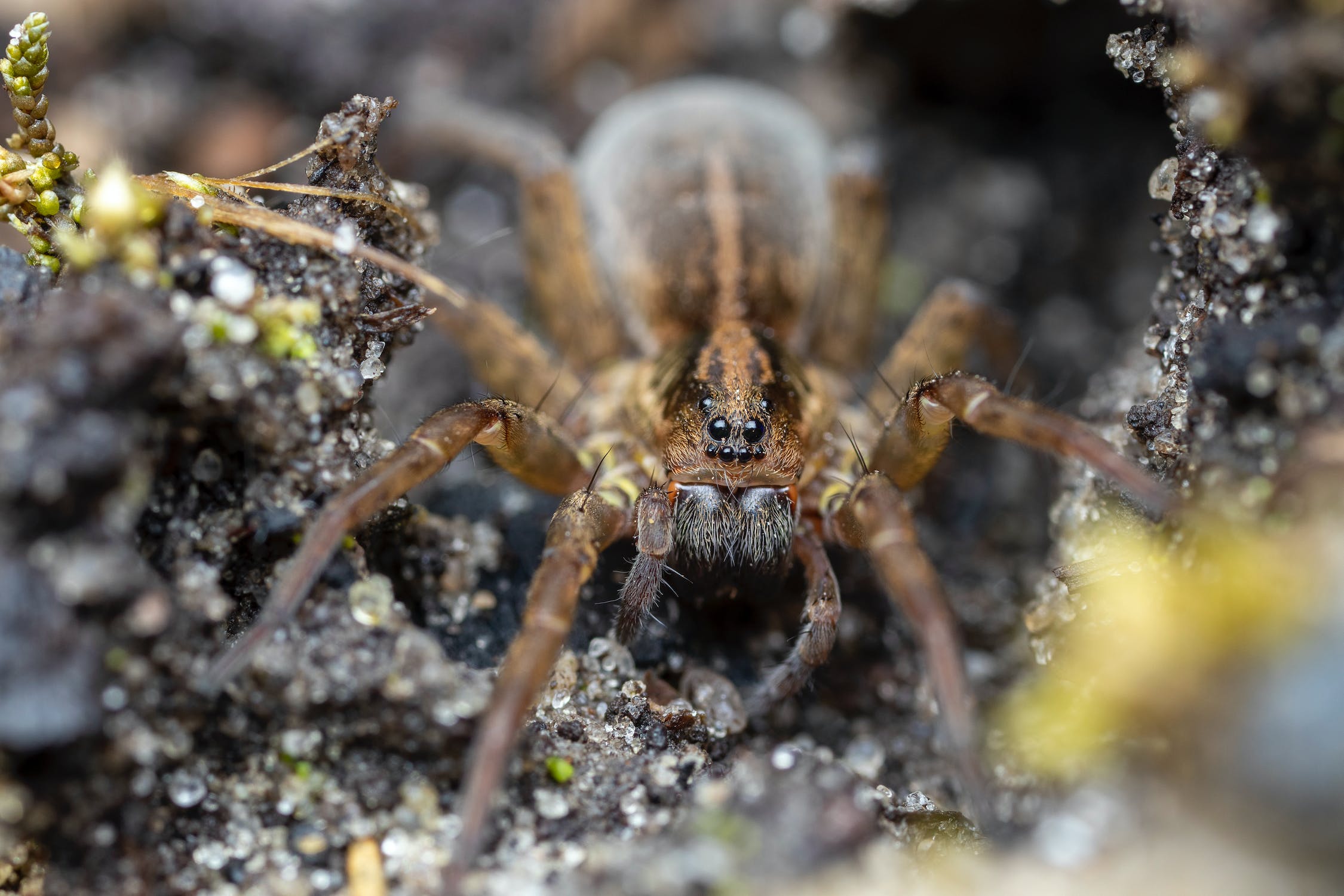
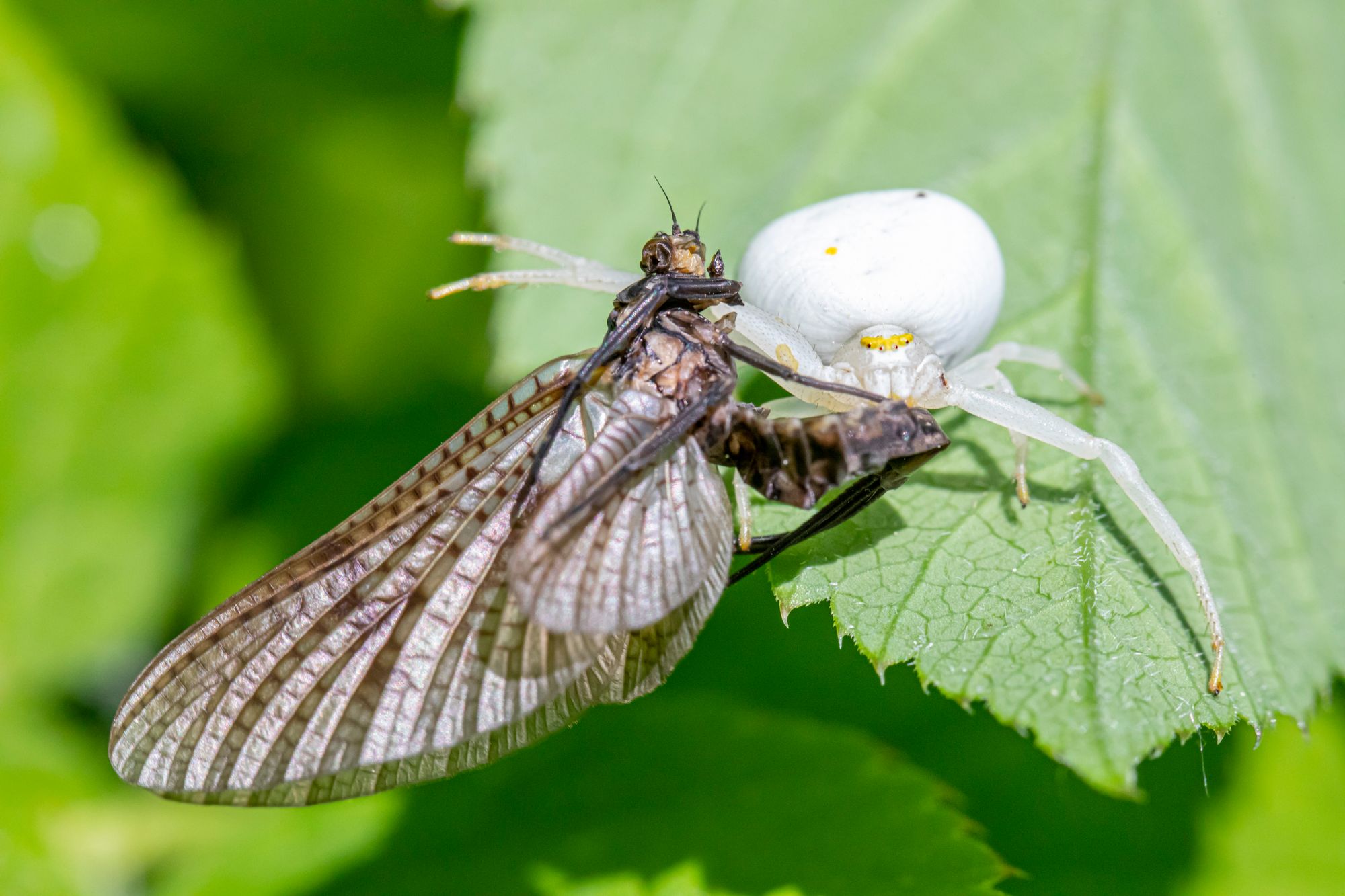

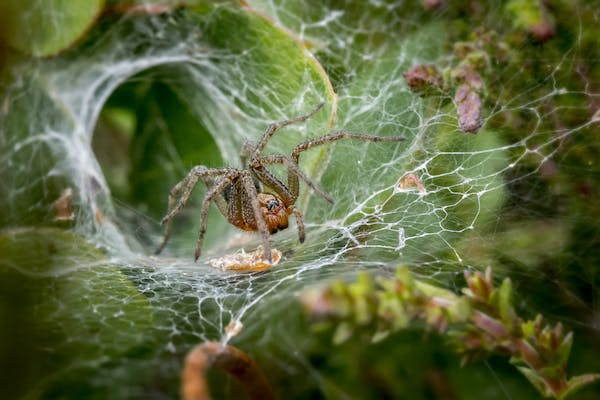
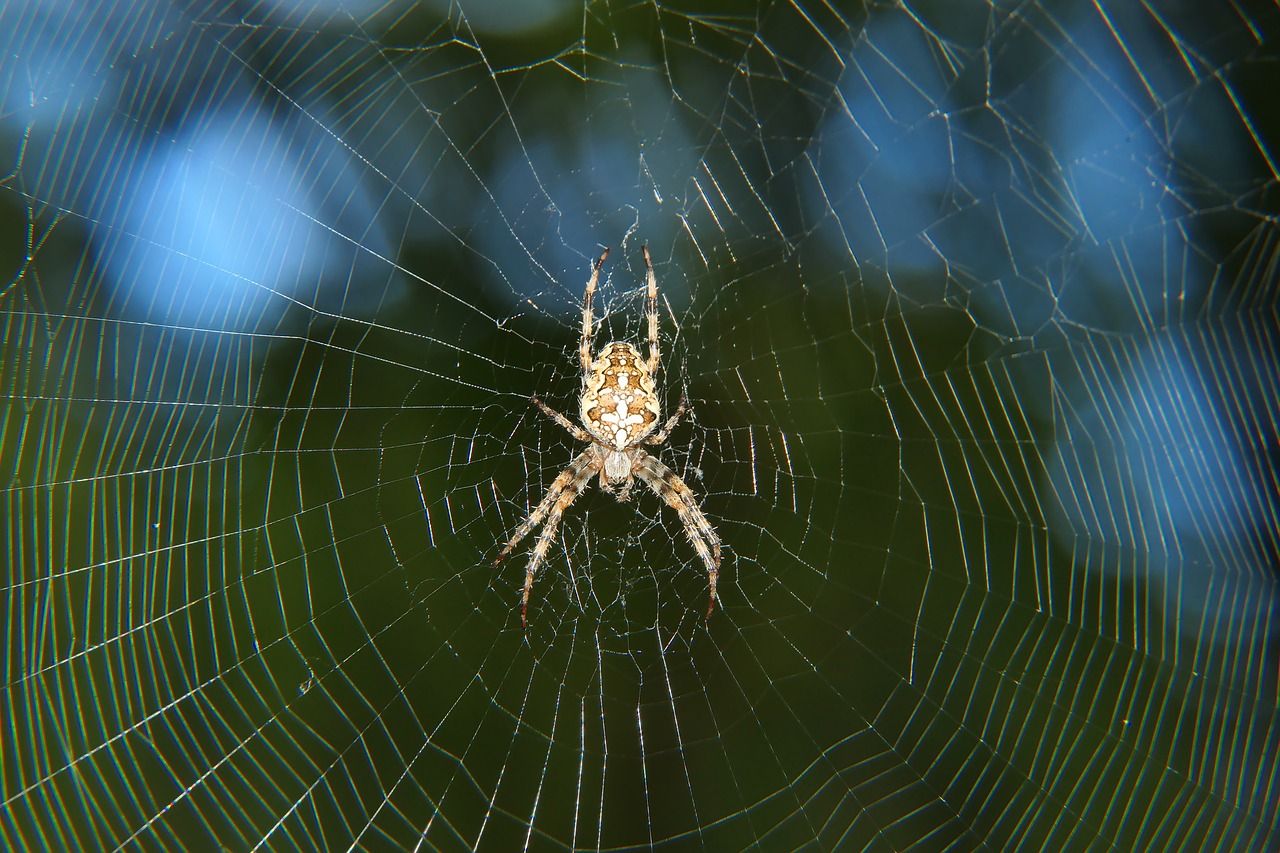
Below are some of the various types of webs that spiders spin, each one intricately designed to suit the needs of each spider.
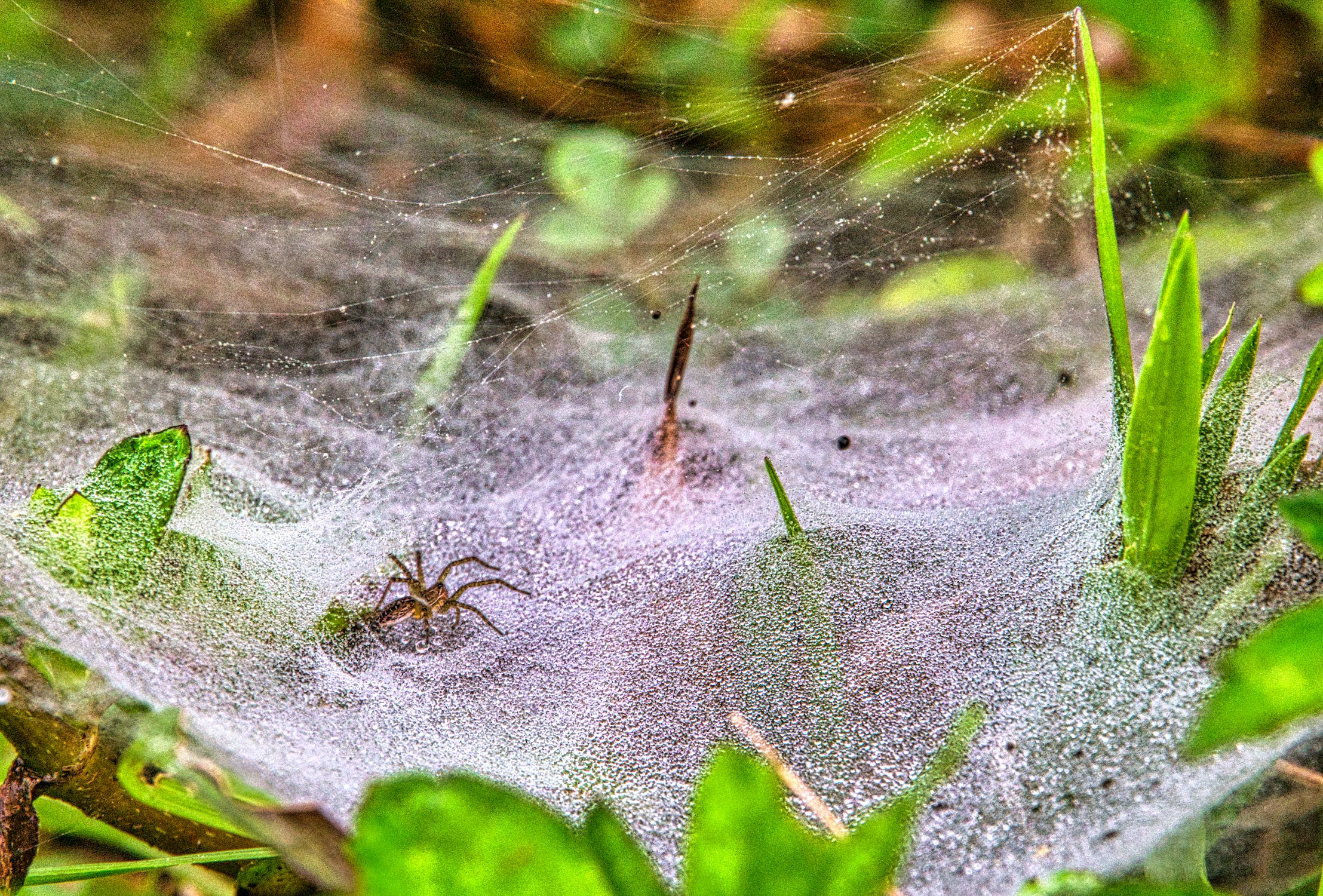
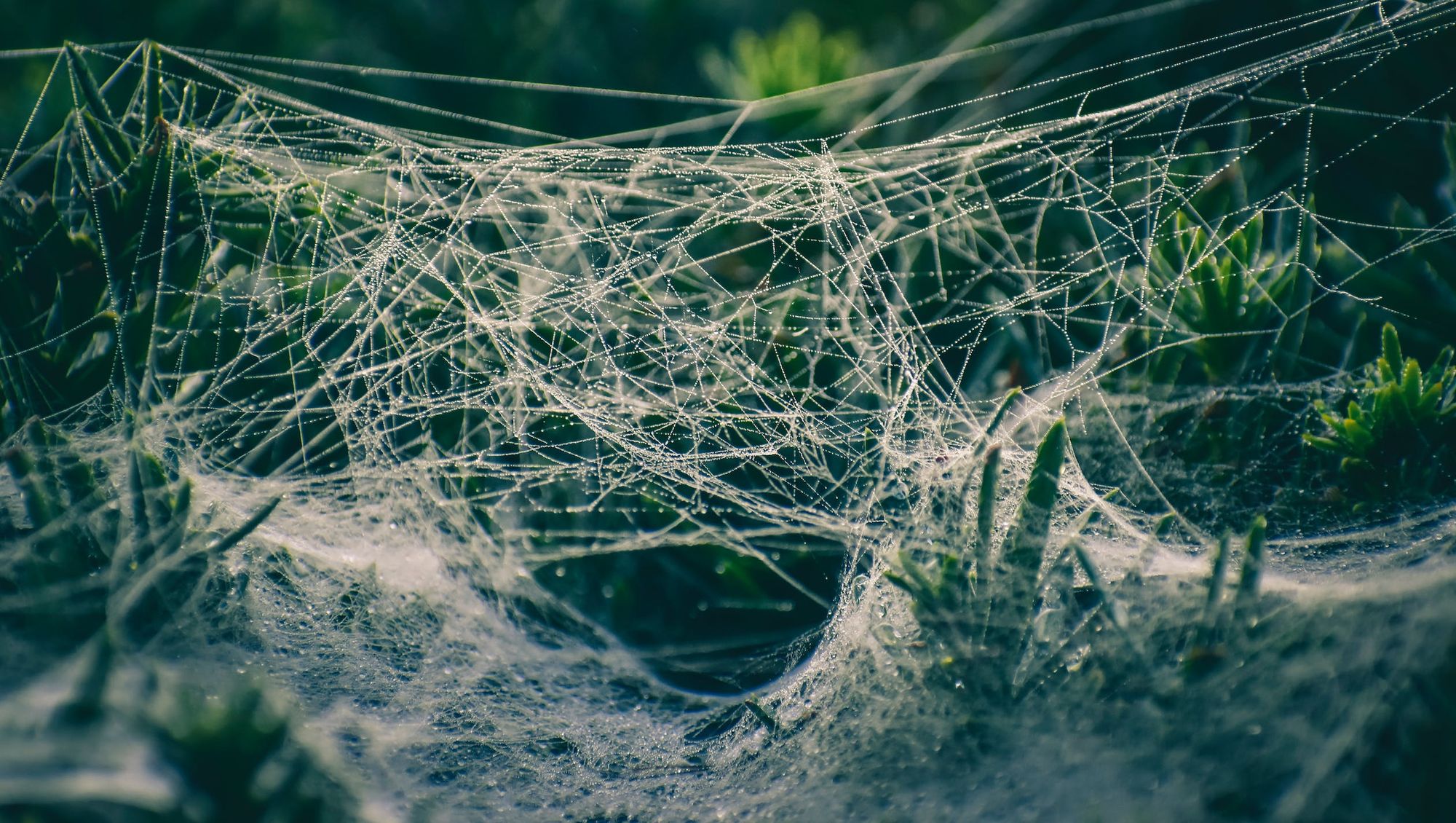
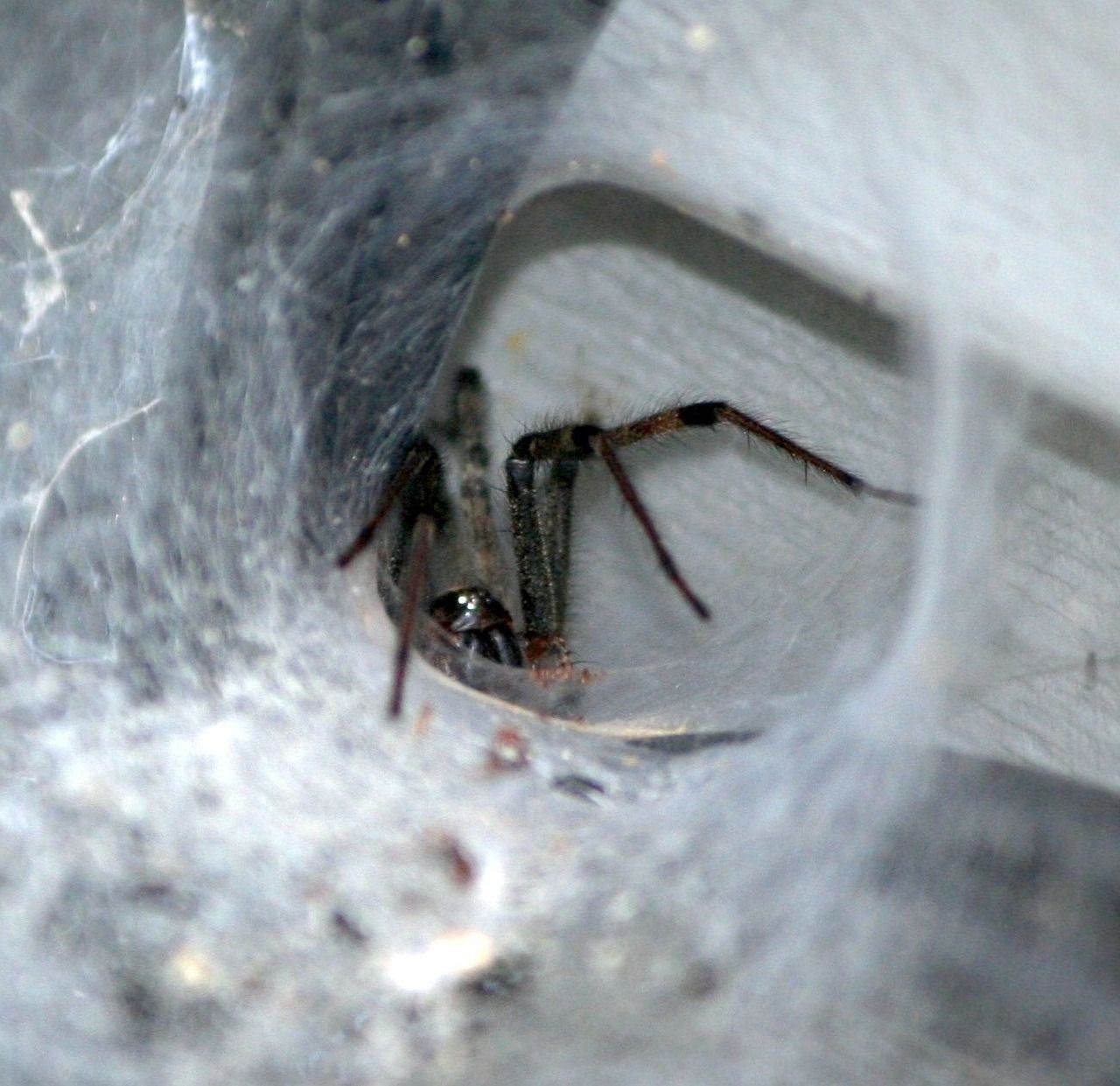
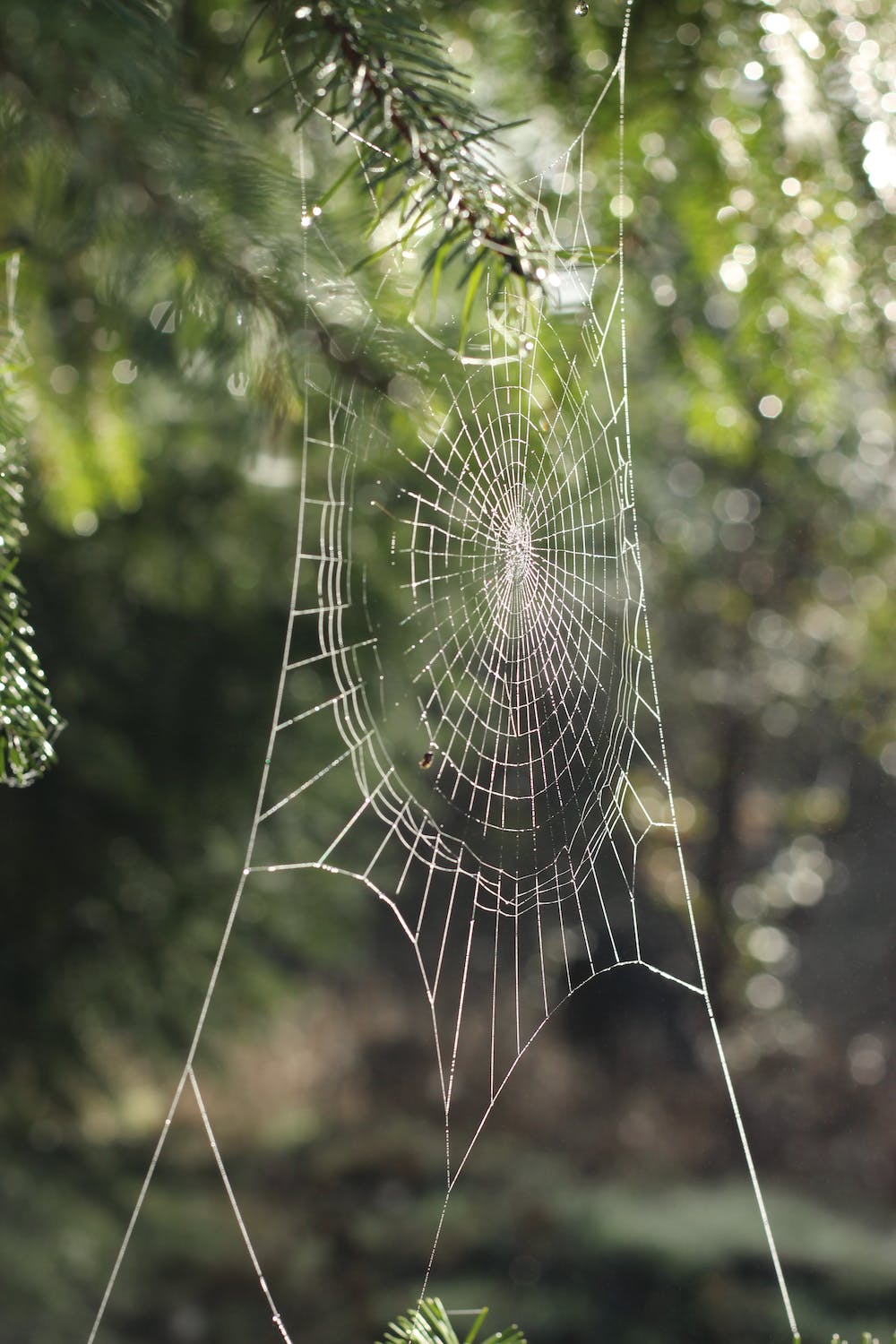
Spiders have unique characteristics: spinnerets, chelicera, abdomen, cephalothorax, and legs. A spider's body is comprised of two main parts: the fused head and thorax, called the cephalothorax, and the abdomen. Spinnerets are silk-producing organ located at the base of the abdomen. Chelicerae are the spider's mouthparts and may be shaped like fangs or pincers. A spider's legs are segmented with a claw at the end and are used to sense vibrations, sounds, smells, and wind. In some species, legs can be regenerated. 4 Children can practice spider anatomy by writing the name of each part on the line or cutting out each part and paste it in the correct place; younger children could simply color the spider.

Because spiders cannot turn their head, God designed them to have enough eyes to give them peripheral vision and be able to see predators. Spiders usually have eight eyes although the arrangement of eyes will vary among species. These eyes usually can only differentiate between light and dark for most spiders. Jumping spiders, wolf spiders, flower spiders and net-casting spiders, however, can see clearly and more colors than humans are able. Because of their eyesight, spiders' bodies are covered in hairs which they rely on to locate their prey and to avoid predators. 5
Other fun projects for children could include:
- Sketching their own spider web (perhaps adding their name in the middle), tracing over it in glue, and adding glitter to it.
- Creating a spider web in a doorway using painter's tape. Throw "flies" at the web to see if they will get stuck or will be able to escape. Balls of paper or balled up socks could be used as the "flies".
- Create a spider web on the floor using painter's tape. The activity could be adjusted for the age and topics that need reviewed and could include simply walking the lines, placing sight words throughout the web, or placing numbers throughout the web and calling out addition problems.
- Catching a real spider web. Find a spider web outside suspended outside. Hold a piece of dark paper behind the web and slowly spray paint over the web. Lay flat to dry.
Additional Resources
Footnotes
1.
White Literary LLC, CC BY-SA 3.0, via Wikimedia Commons
2.
E. B. White - Wikipedia
3.
E. B. White Read Aloud Award - Memphis Public Libraries (memphislibrary.org)
4.
Spider - Wikipedia
5.
How spiders see the world - The Australian Museum
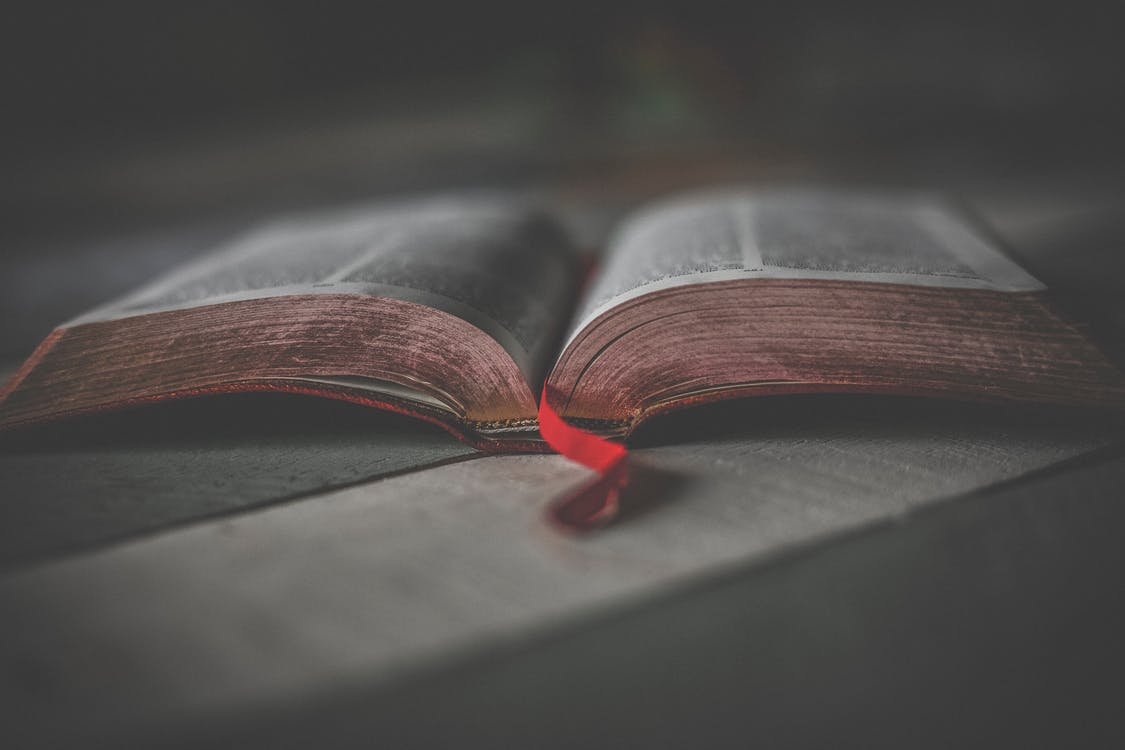



Join the conversation